I wish I had more time in Bruges
Too Many Canals, Too Little Time: Belfry, Basilicas, and Beauty at Every Turn
In 2019, I participated in a training organised by SCI (Service Civil International) named ABCD: Art for Balanced and Cultural Diversity. This training focused on using art to promote inclusion and the value of diversity. It was held in Antwerp, Belgium, so I also had the opportunity to visit this country before and after it.
At the end of July, from Budapest, I flew to Brussels in the early morning, and from there, I went directly by bus to Bruges. I spent around 24 hours in the city, but it was enough to see the main landmarks. Thinking about it now, I realise it wasn’t a clever idea, and I should have spent more time there. For sure, now I’m travelling slower than before, trying to enjoy places for longer, and getting to know locals, on the way to understanding better where I am.
Bruges, located in the Flemish region of northwestern Belgium, is one of Europe’s best-preserved medieval cities. Its compact historic centre, home to about 20,000 people, is a UNESCO World Heritage Site, known for its cobbled streets, romantic canals, and picturesque Gothic architecture. Once a wealthy trading hub during the Middle Ages, Bruges flourished thanks to its access to the North Sea and became an important centre for commerce, especially in textiles.
The city is famously walkable, and I was enchanted by sights like the Belfry of Bruges, a 13th-century tower offering panoramic views, and the Markt Square, lined with colourful guild houses and lively cafés. The Basilica of the Holy Blood, a small but stunning church, houses a relic said to contain drops of Christ’s blood. Another highlight is the Church of Our Lady, which hosts a white marble Madonna sculpted by Michelangelo.
Walking directly to the city centre through the cobbled streets of Bruges feels like stepping into a medieval fairytale. Nicknamed the Venice of the North, for its canals and quaint squares make it one of Europe’s most picturesque destinations.
One of Bruges' most iconic and picturesque spots is Rosary Quay (Rozenhoedkaai), where the Dijver and Groenerei canals meet. This scenic quay offers stunning views of the city's medieval architecture, including the Belfry and historic buildings lining the waterways.
Historically, the name "Rozenhoedkaai" is believed to originate from the rosary vendors who once sold their wares here.
Walking along the canals of Bruges is a pleasant way to explore the city. The calm water, old bridges, and historic buildings create a peaceful atmosphere, and the paths along the canals connect many of the main sights in the historic centre.
The first thing I notice walking around Bruges is the iconic Belfry of Bruges, which still dominates the skyline. It is one of the city’s most iconic landmarks, rising 83 meters above the historic Markt square. Built in the 13th century, it once served as a watchtower and housed important city documents in its treasury. You can climb its 366 steps to enjoy stunning panoramic views over the rooftops and canals of Bruges. The tower also features a beautiful carillon with 47 bells that still chime across the city, adding to Bruges’ timeless atmosphere.
I didn’t go up to the tower. I just went to a terrace on the site of the Belfry and admired the view of the Markt square, with the coloured buildings and the cafes.
Not far from the Belfry, there is Burg Square, one of the oldest and most beautiful squares in Bruges, blending centuries of architecture and history in a single, stunning setting.
The Provincial Hof is a striking neo-Gothic building that once served as the seat of the provincial government of West Flanders. With its ornate façade, turrets, and spires, the Provincial Hof reflects Bruges’ love for Gothic revival architecture. Though no longer in official use, it remains an iconic part of the cityscape and is sometimes open for exhibitions or events.
Just a few steps away stands the Bruges City Hall (Stadhuis), one of the oldest in the Low Countries, dating back to 1376. This magnificent building marks the beginning of Bruges’ civic independence. Its flamboyant Gothic exterior is adorned with statues of biblical and historical figures.
Next to the city hall is the Basilica of the Holy Blood, a small but remarkable church. Built in the 12th century, it is famous for housing a sacred relic believed to contain a few drops of Jesus Christ’s blood, brought back from the Holy Land after the Second Crusade.
I didn’t visit these buildings inside, I just admired them from the outside. This square was very impressive, probably one of my favourite places in the city.
Strolling around, I saw another remarkable building, which dominates the skyline of the city. The Church of Our Lady (Onze-Lieve-Vrouwekerk) is one of Bruges’ most impressive landmarks, known for its soaring brick tower, the second tallest in the world at 115.5 meters. Built between the 13th and 15th centuries, the church combines Gothic elegance with artistic treasures. Its most famous piece is the Madonna and Child sculpture by Michelangelo, one of the few works by the artist to leave Italy during his lifetime. The church also houses ornate tombs of Burgundy nobility, including Charles the Bold and Mary of Burgundy, making it a site of both artistic and historical significance.
Having just a few hours to spend in this city, I didn’t have enough time to go inside. I will not miss it on my next visit.
Bruges isn’t just about the past, it is also a city of craft beer, handmade chocolates, and cosy corners. If you’ve got a sweet tooth, every other shop seems to tempt you with pralines and truffles.
The morning after, I had to take a bus to reach Antwerp, where I would start the training and spend 10 days there. I liked Bruges, but while I’m writing, I think that I should have spent more time there, because I’m sure I would have appreciated it even more.
See you soon,
Flavio




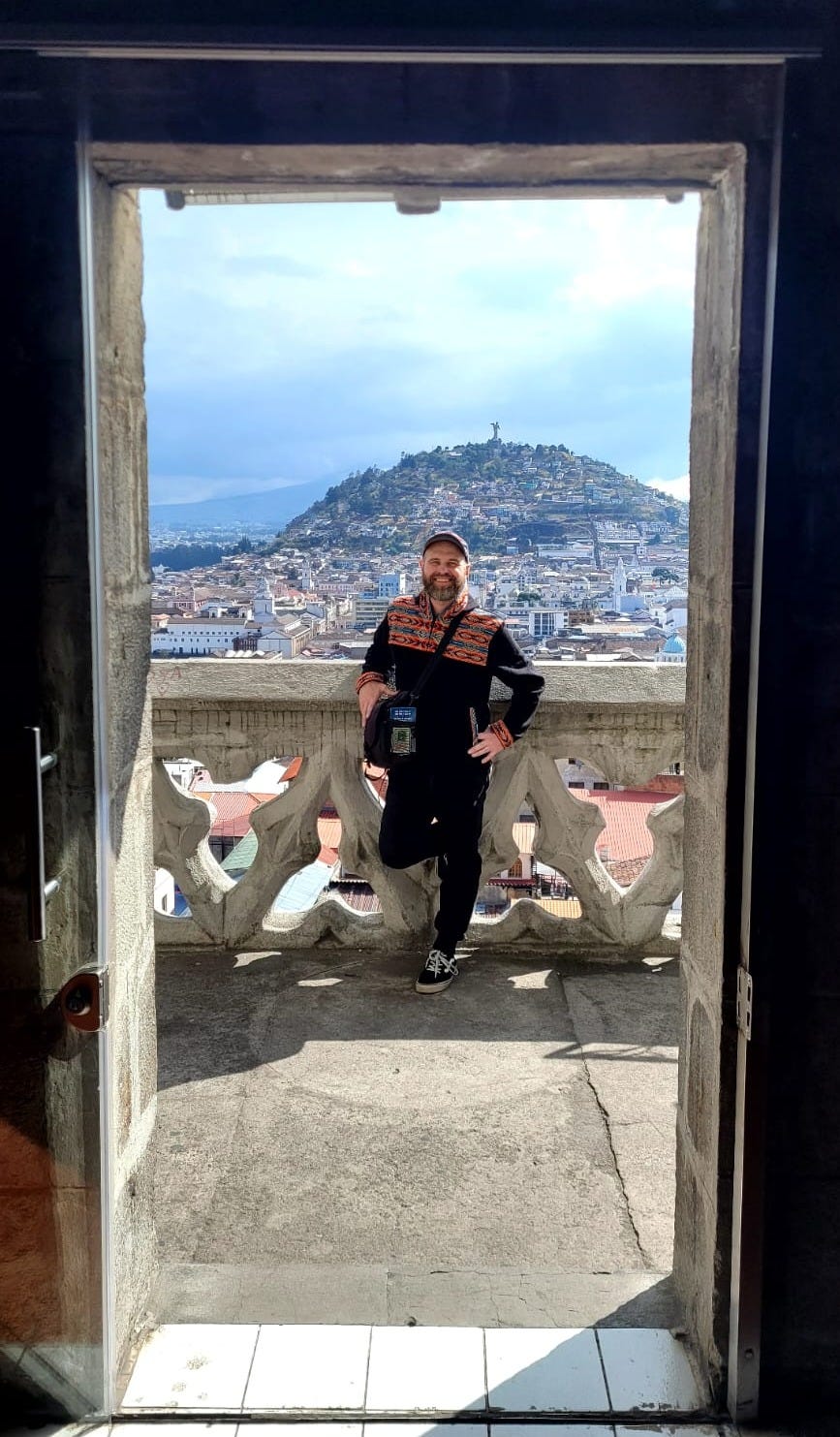


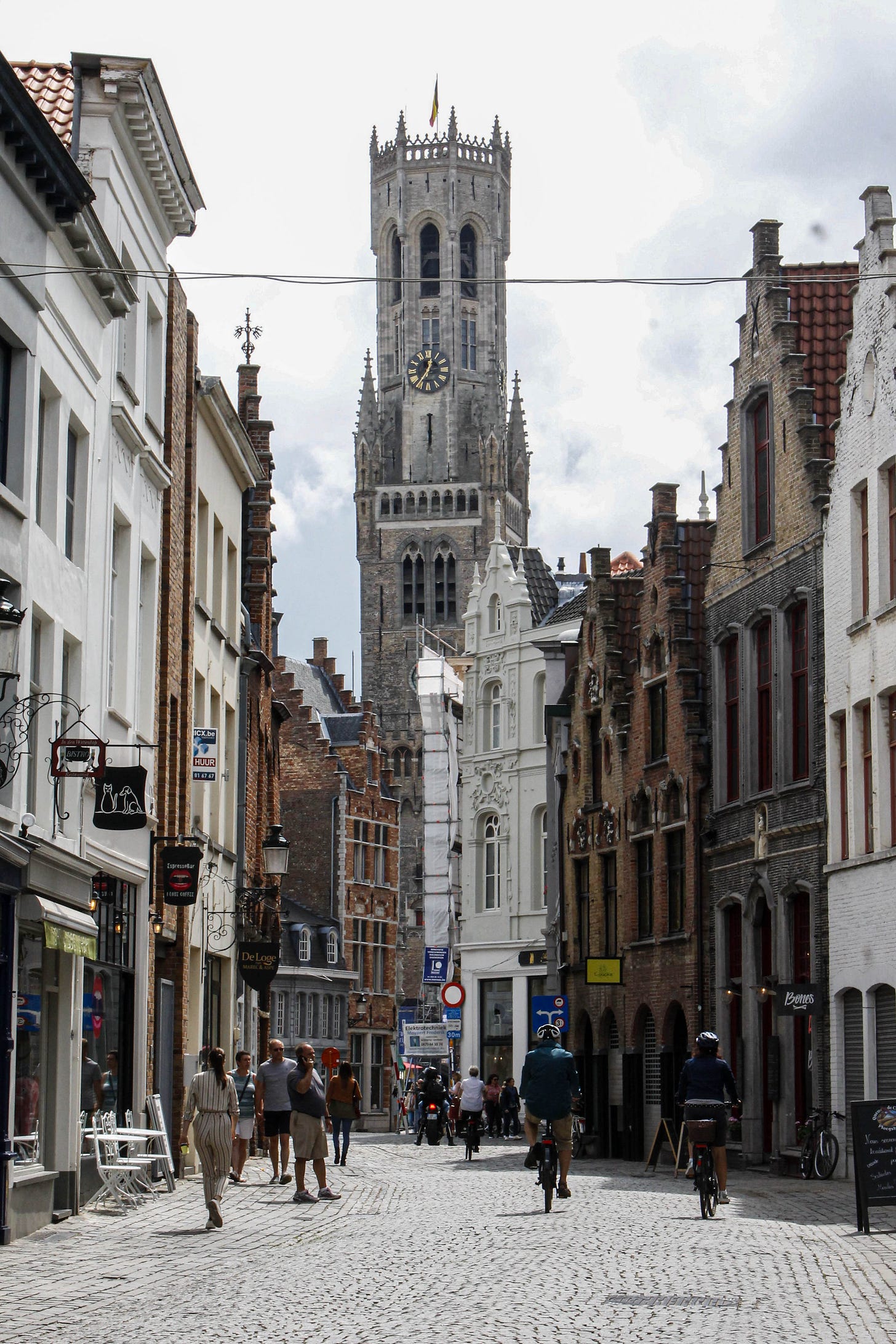
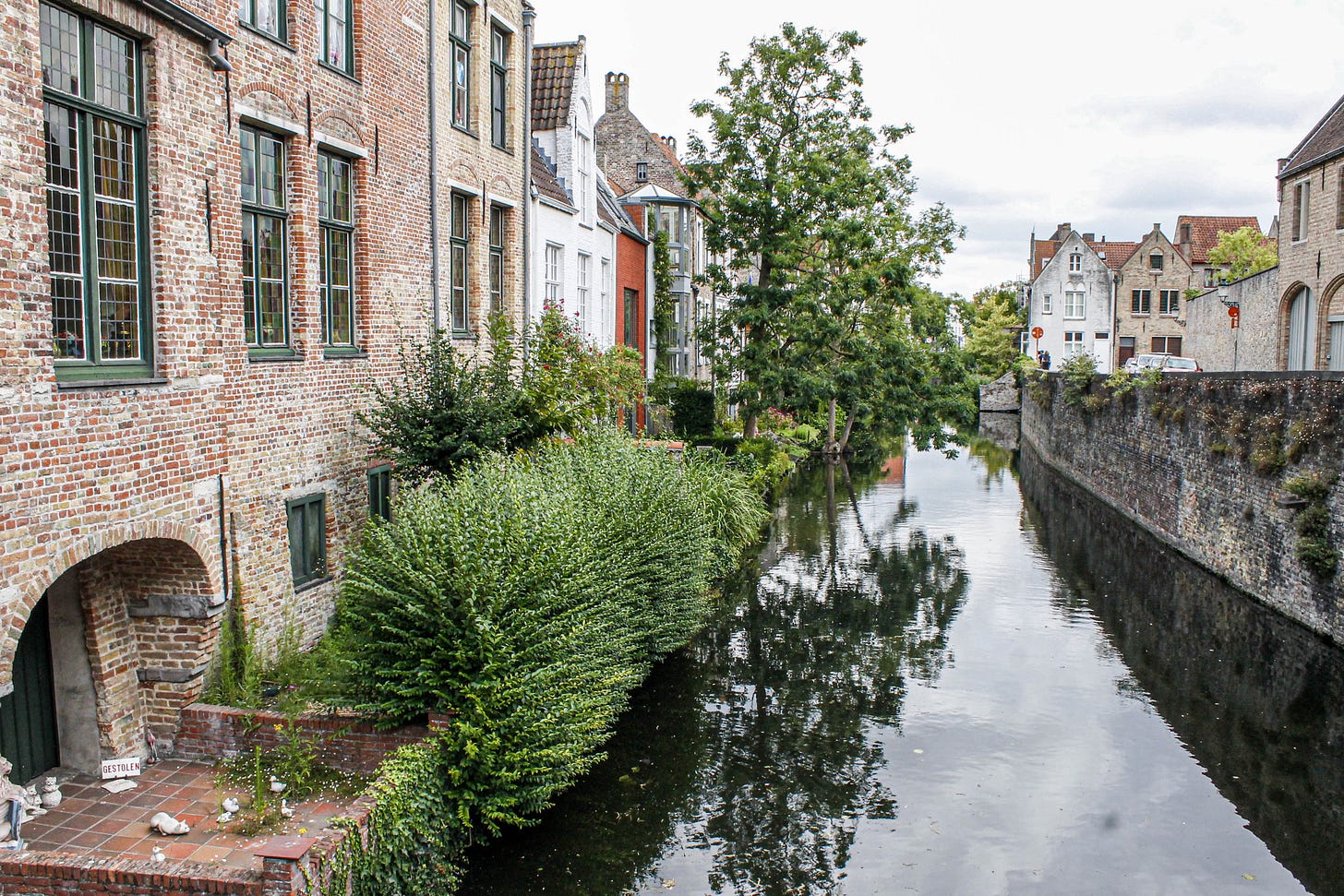
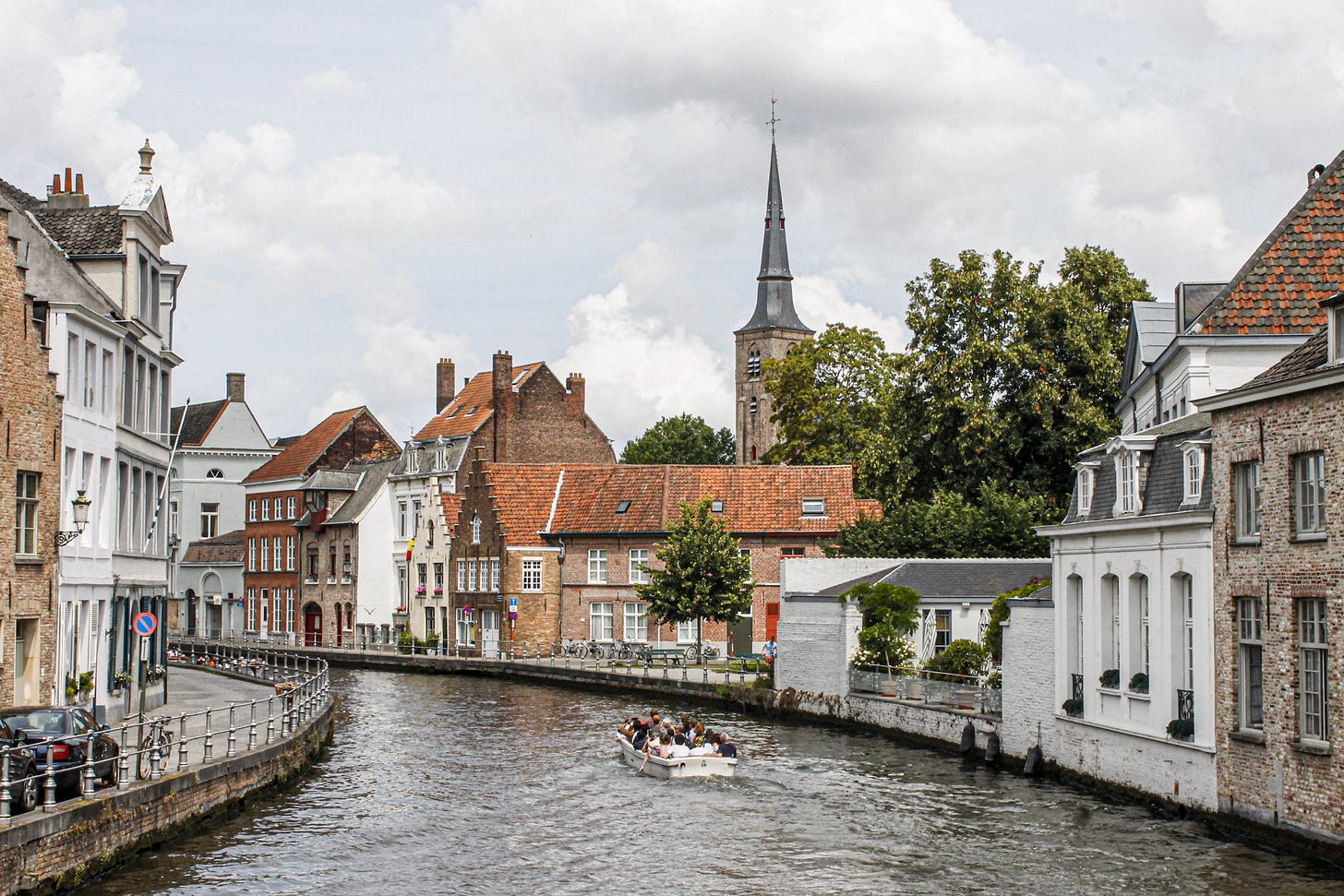
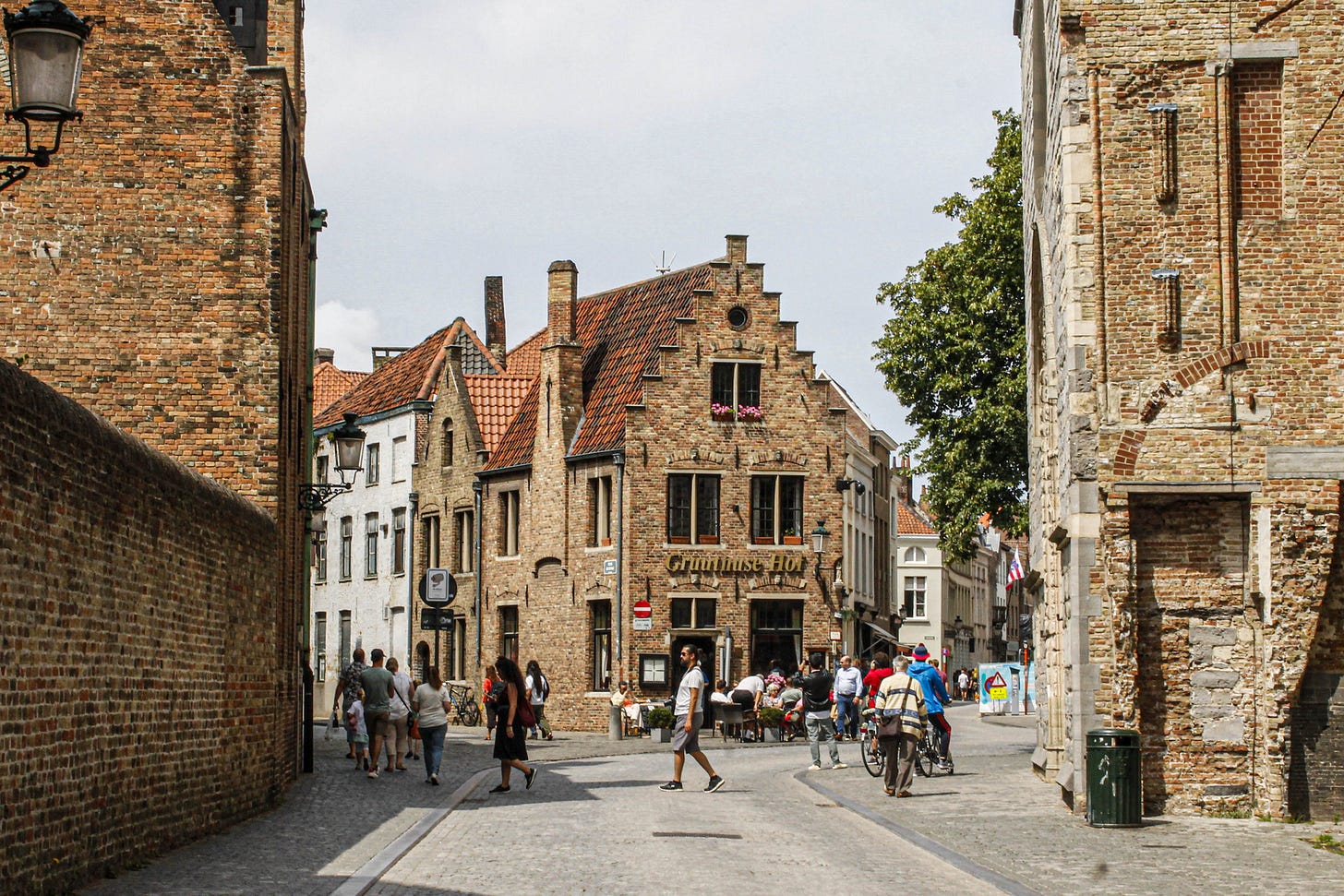
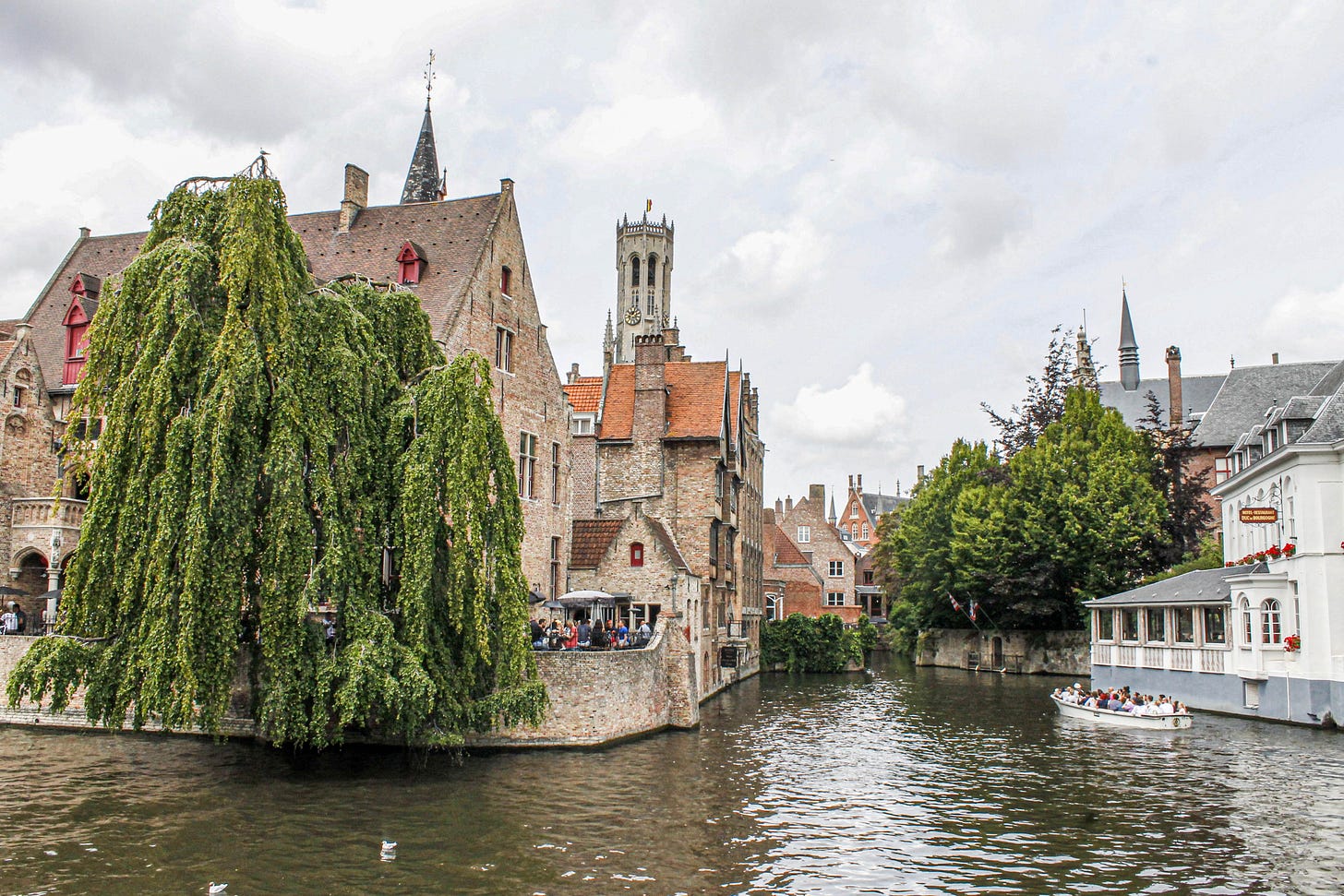
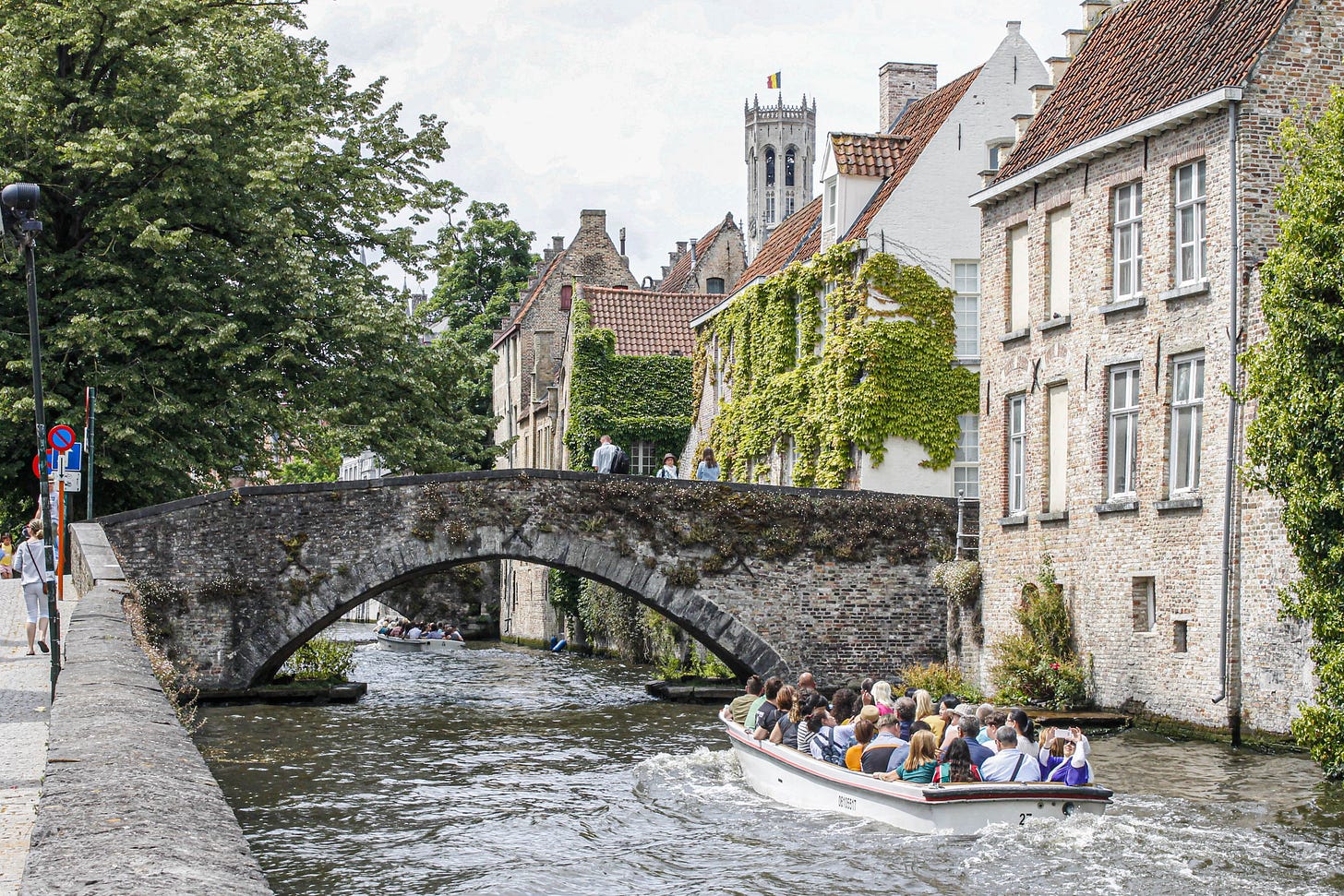


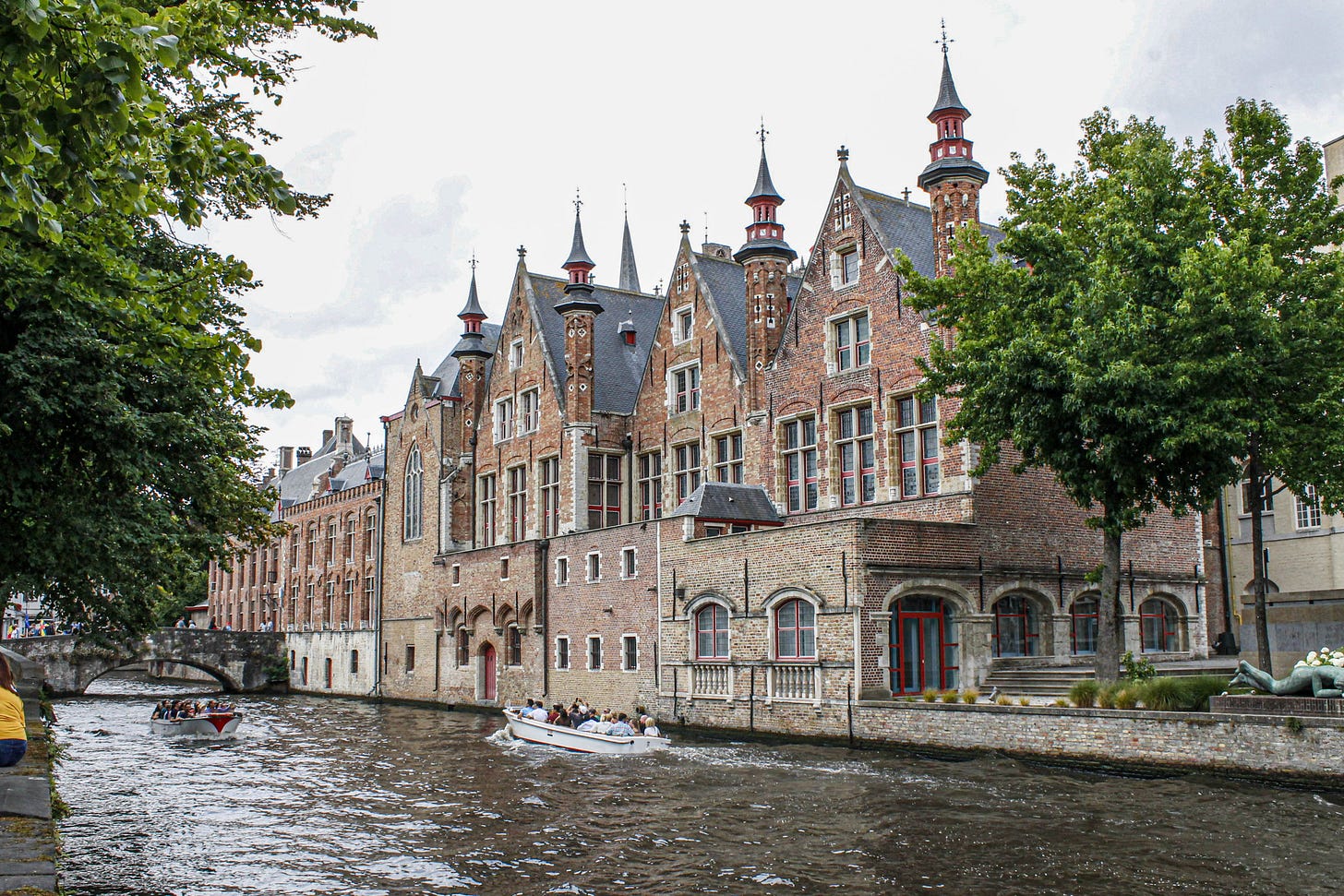



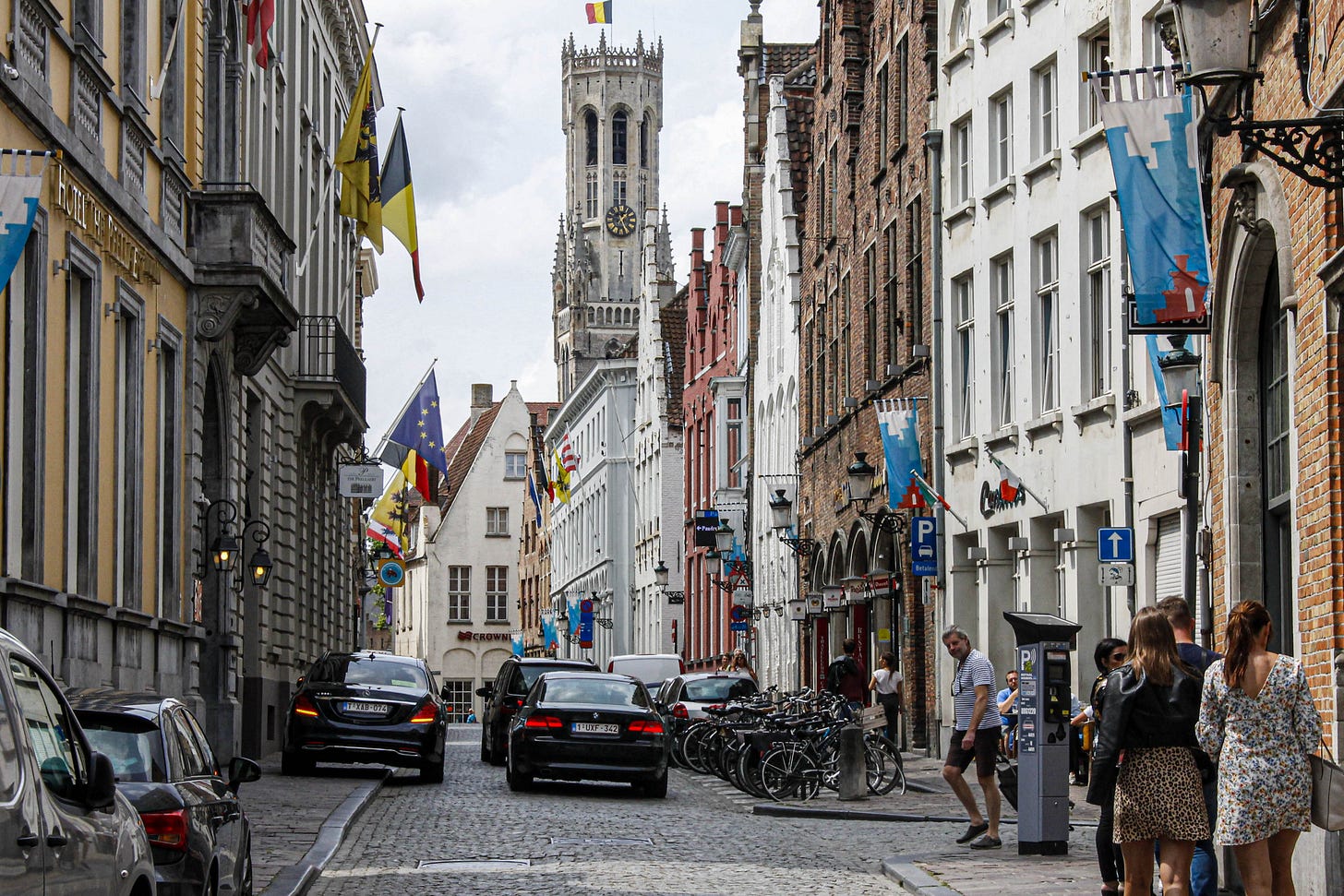
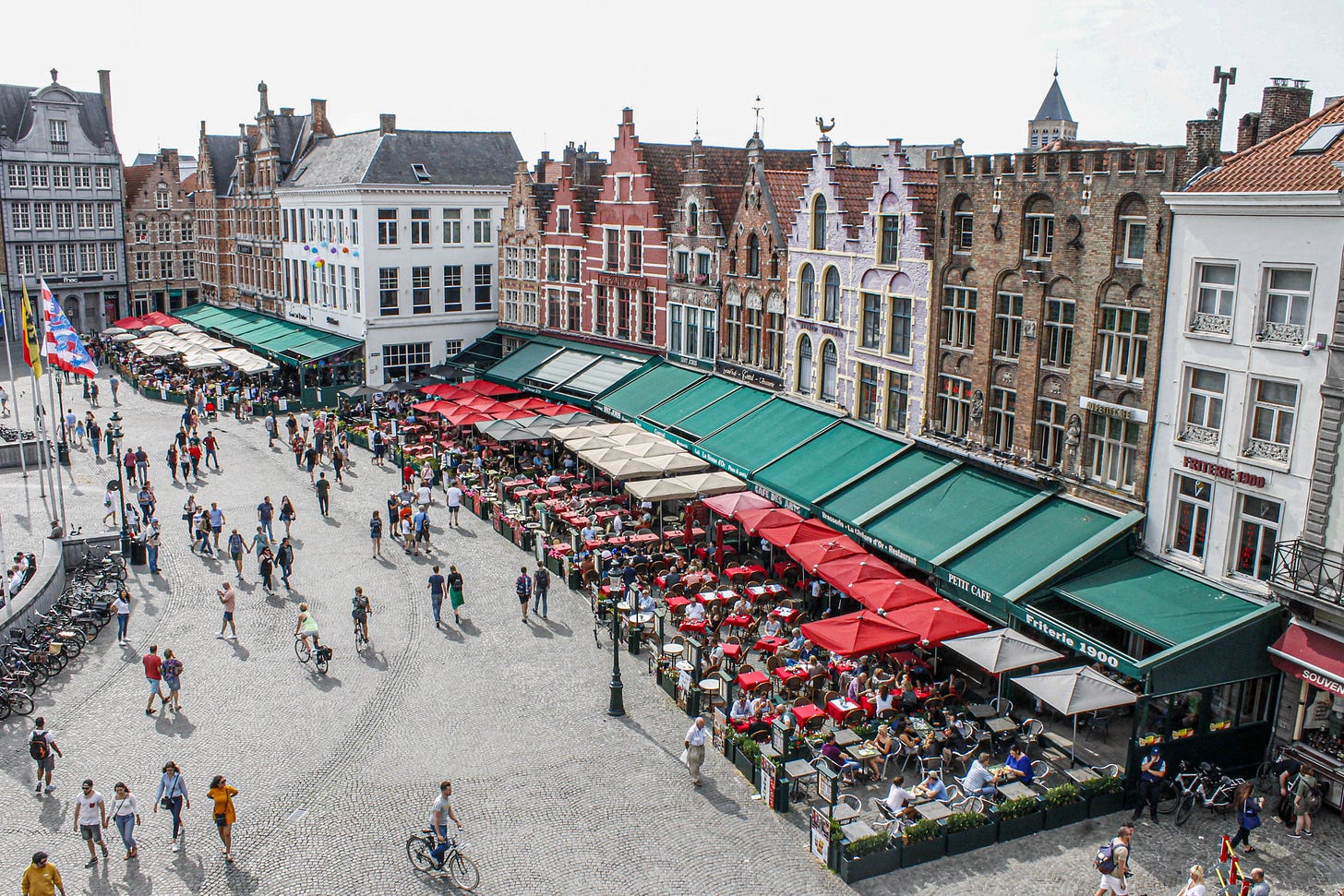


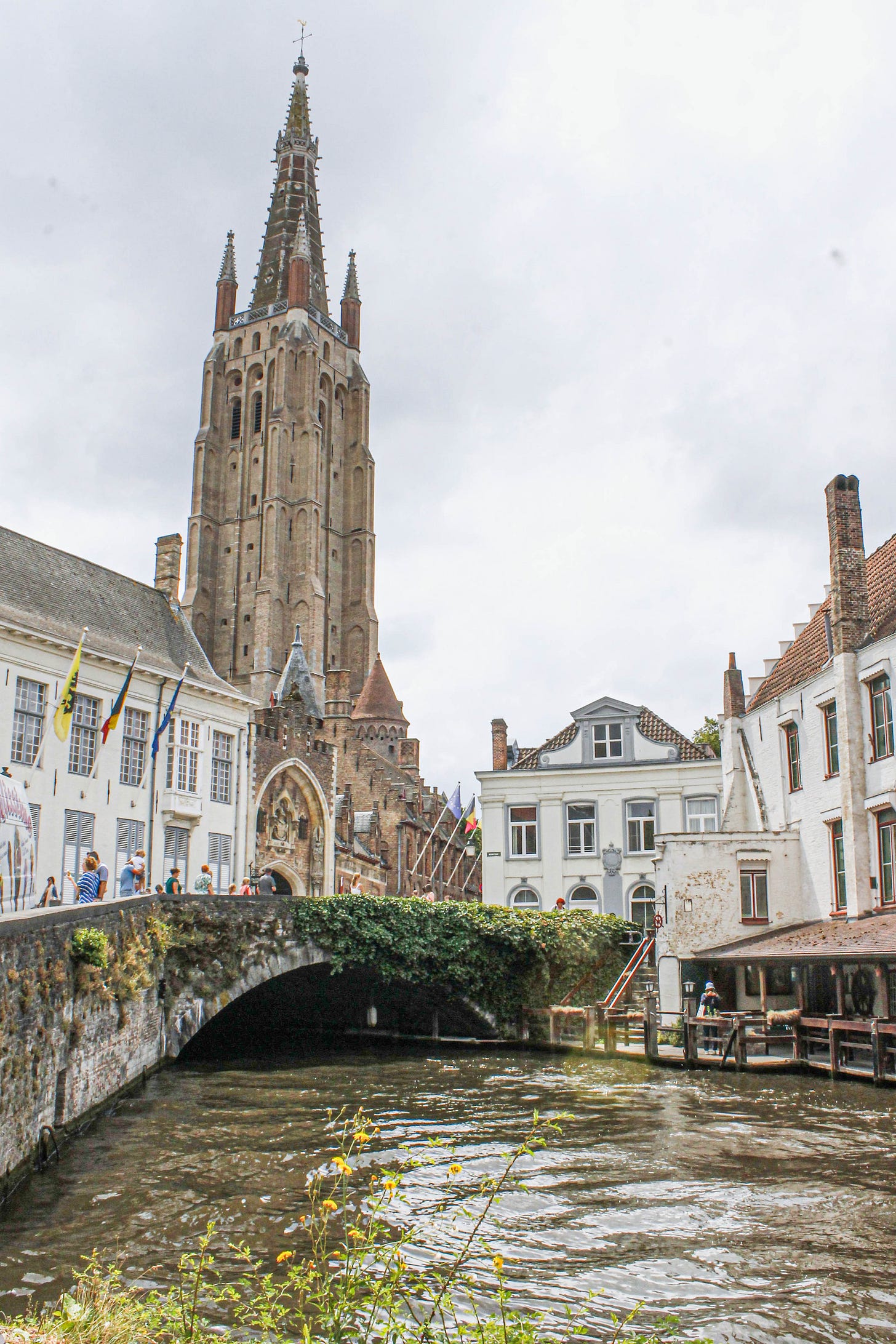

The canals in Bruges are so beautiful. I once had a coffee there and it was so serene. Lovely pictures!
This looks beautiful-- have always wanted to visit. At least in the photos, I agree it seems a little like Amsterdam, without the marauding English club kids, kebab stands and "coffee" shops. I'll take it.